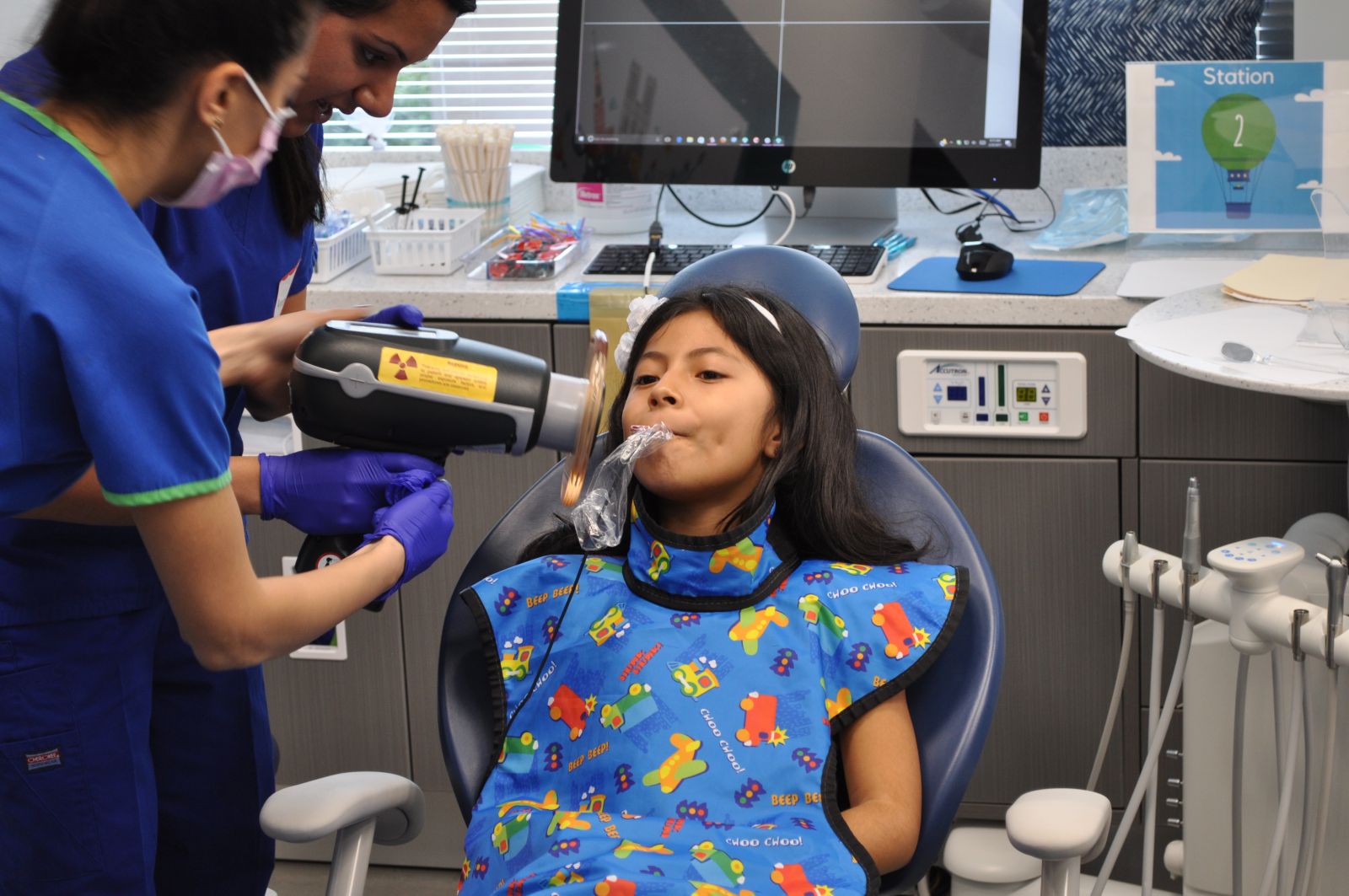As parents, we eagerly await those first precious moments when our babies begin to show their very first signs of growing up. Among these milestones, one of the most interesting and important ones to understand is the emergence of baby teeth. Baby teeth, also known as deciduous teeth or primary teeth, play a crucial role in your child’s oral development. In this article, we will delve deep into the world of baby teeth, exploring when they typically erupt, when they fall out, and the significance of this process in your child’s overall oral health.
The Importance Of Baby Teeth
Baby teeth are often underestimated in their importance because they are temporary. However, they serve several crucial functions in a child’s life:
Chewing and Nutrition: Baby teeth enable your child to chew their food properly, aiding in digestion and ensuring they receive the necessary nutrients for growth and development.
Speech Development: Properly aligned baby teeth are essential for the development of clear speech patterns.
Space Holders: Baby teeth act as placeholders for permanent teeth. They guide the permanent teeth into their correct positions.
Facial Structure: Baby teeth contribute to the development of the jaw and facial structure.
Eruption Timeline
Baby teeth typically start appearing between the ages of 6 and 10 months. However, this can vary from child to child, and some may have their first tooth as early as 4 months or as late as 15 months. The order in which they erupt is generally as follows:
Bottom Central Incisors (6-10 months): The two front bottom teeth are usually the first to come in.
Top Central Incisors (8-12 months): The upper front teeth follow shortly after.
Lateral Incisors (9-13 months): These teeth are located on either side of the central incisors.
First Molars (13-19 months): The first molars appear in the back of the mouth.
Canines (16-22 months): Also known as cuspids, these pointy teeth come next.
Second Molars (25-33 months): The final set of molars erupts towards the back of the mouth.
It’s important to remember that these are approximate timelines. Some children may follow this sequence closely, while others may deviate significantly. As parents, it’s essential to stay attentive to your child’s oral development.
Falling Out Of Baby Teeth
Just as baby teeth make their entrance into your child’s life, they also have to bid farewell. The process of baby teeth falling out to make way for permanent teeth is a natural part of a child’s development. This process typically begins around the age of 6 and continues through adolescence. Here’s how it usually unfolds:
Central Incisors (6-7 years): The bottom front teeth are often the first to fall out.
Lateral Incisors (7-8 years): The upper front teeth follow suit.
First Molars (9-11 years): The first set of molars is next in line.
Canines (10-12 years): The canines follow, clearing the way for the permanent canines.
Second Molars (10-13 years): Finally, the second set of molars falls out to make space for permanent ones.
The Process Of Losing Baby Teeth
Losing baby teeth can be an exciting yet sometimes unsettling experience for both children and parents. Here’s a brief overview of what to expect:
Loose Teeth: Baby teeth usually become loose as the permanent teeth start pushing through the gums below them. This loosening process can be accompanied by some discomfort and sometimes mild pain.
Wiggling and Movement: Your child will likely start wiggling the loose tooth with their tongue or fingers. Encourage them to do so gently to avoid any unnecessary discomfort.
Loss of Tooth: Eventually, the tooth will come out either naturally while eating or through a little nudge. This can happen relatively quickly or take some time, depending on the child.
Bleeding: A small amount of bleeding is normal when a tooth falls out. It should stop relatively quickly. You can have your child rinse their mouth with water and use a clean cloth or gauze to apply gentle pressure if needed.
Tooth Fairy Visit: Many children look forward to a visit from the Tooth Fairy as a reward for losing a tooth. This can make the experience more exciting and less intimidating.
Permanent Tooth Appearance: After a baby tooth falls out, the permanent tooth will gradually emerge in its place. This process usually takes a few weeks.
In conclusion, baby teeth are not just placeholders for permanent teeth; they are a vital part of your child’s overall health and development. By understanding when these teeth typically erupt and fall out, you can better support your child through this essential stage of growth.
To delve deeper into the topic of pediatric dental care and learn more about how to ensure your child’s oral health, consult your local pediatric dentist. They can provide personalized guidance and recommendations tailored to your child’s unique needs.
Remember, knowledge is key when it comes to parenting, and staying informed about your child’s dental development is a great way to ensure their bright, healthy smile for years to come.



